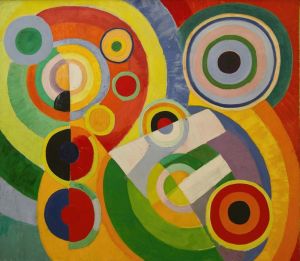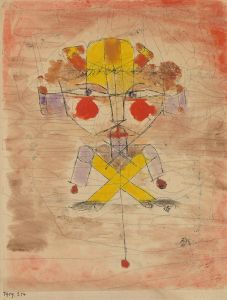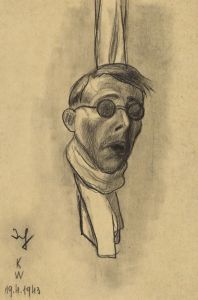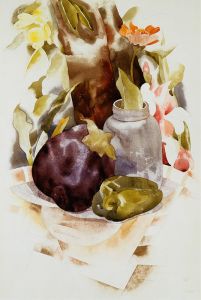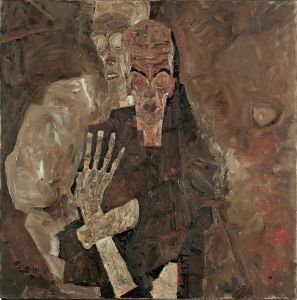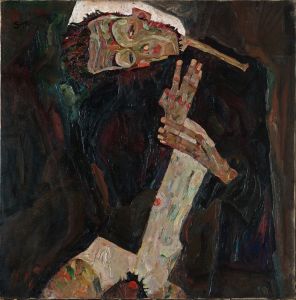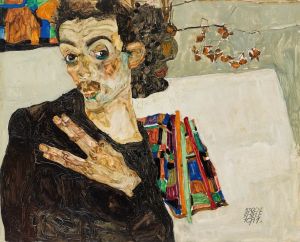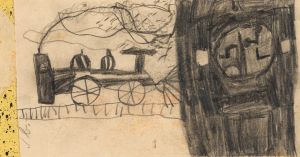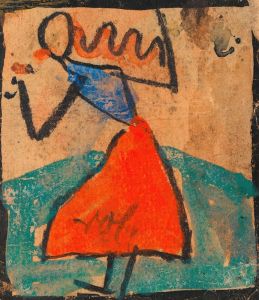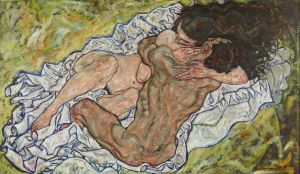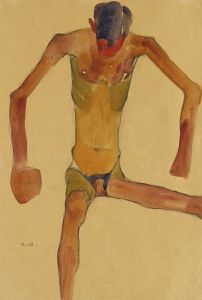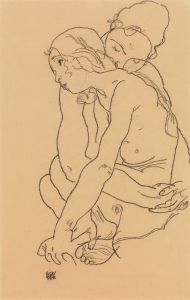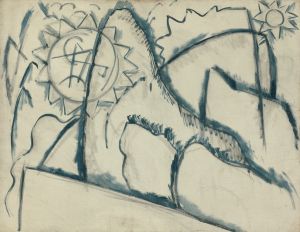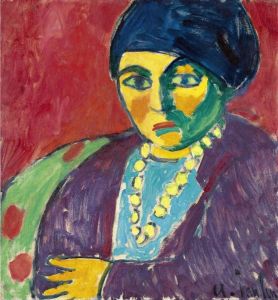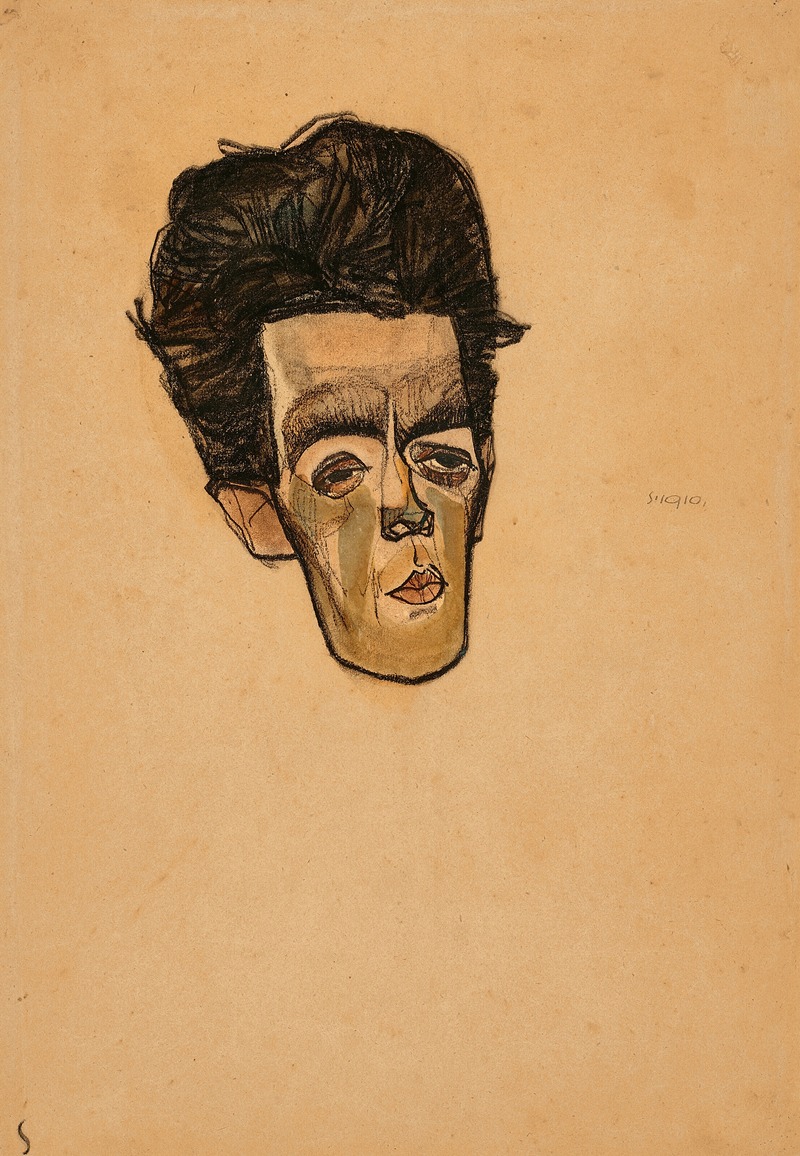
Selbstbildnis
A hand-painted replica of Egon Schiele’s masterpiece Selbstbildnis, meticulously crafted by professional artists to capture the true essence of the original. Each piece is created with museum-quality canvas and rare mineral pigments, carefully painted by experienced artists with delicate brushstrokes and rich, layered colors to perfectly recreate the texture of the original artwork. Unlike machine-printed reproductions, this hand-painted version brings the painting to life, infused with the artist’s emotions and skill in every stroke. Whether for personal collection or home decoration, it instantly elevates the artistic atmosphere of any space.
Egon Schiele's "Selbstbildnis" (Self-Portrait) is a notable work by the Austrian Expressionist painter, who is renowned for his intense and often provocative portrayals of the human figure. Schiele, born in 1890 in Tulln, Austria, was a leading figure in early 20th-century art, known for his raw and emotive style that often explored themes of sexuality, existential angst, and the human condition.
"Selbstbildnis" is one of many self-portraits Schiele created throughout his career. These works are significant as they provide insight into his self-perception and artistic evolution. Schiele's self-portraits are characterized by their stark, almost confrontational presentation, often featuring exaggerated poses and a distinctive use of line and color that emphasize the psychological depth of the subject.
In "Selbstbildnis," Schiele employs a bold and expressive style, using sharp lines and a limited color palette to create a striking image. The painting reflects his interest in capturing the essence of his subjects, often revealing an introspective and sometimes unsettling view of himself. Schiele's self-portraits are not merely representations of his physical appearance but are deeply introspective, exploring his inner thoughts and emotions.
Schiele's work was heavily influenced by his mentor, Gustav Klimt, and the broader Viennese Secession movement, which sought to break away from traditional artistic conventions. However, Schiele quickly developed his own distinctive style, characterized by a focus on the human form and an exploration of themes that were considered taboo at the time. His self-portraits, including "Selbstbildnis," often feature a sense of vulnerability and introspection, capturing the complexities of his personality and the turbulent times in which he lived.
The context of Schiele's life is essential to understanding his work. He lived during a period of significant social and political change in Europe, which is reflected in the intensity and emotional depth of his art. Schiele's career was relatively short; he died in 1918 at the age of 28 due to the Spanish flu pandemic. Despite his brief life, Schiele produced a substantial body of work that has had a lasting impact on the art world.
"Selbstbildnis" and other self-portraits by Schiele continue to be studied and admired for their innovative approach to portraiture and their ability to convey complex psychological states. Schiele's work is celebrated for its contribution to Expressionism and its influence on subsequent generations of artists. His self-portraits remain powerful examples of how art can serve as a medium for self-exploration and expression, offering viewers a glimpse into the artist's inner world.
Today, Schiele's works, including "Selbstbildnis," are housed in major museums and collections worldwide, where they continue to captivate audiences with their emotional intensity and technical mastery. Schiele's legacy as a pioneering figure in modern art endures, and his self-portraits remain a testament to his unique vision and artistic genius.





